Research
Emerging quantum technologies aiming at the dramatic enhancement of the information processing and transmission will revolutionize all information-related aspects of life. Hindering the progress however is the fact that the efficient functioning of much too many of the superconductor-based quantum devices is still restricted to relatively low temperatures. Thus raising their operation temperature is a pressing albeit daunting task. One of the most appealing and promising routes to this goal is the use of the so-called Van der Waals heterostructures, artificial solids formed by mechanically stacking layers of two-dimensional materials, that possess unique properties to serve as a platform for new functionalities. Including high temperature superconductors into this family of 2D materials can become the most advantageous routes to rising the operational temperatures of devices for quantum technologies. More importantly, it can become a promising path to enhance the superconducting critical transition up to room temperature and explore topological superconducting steady states out-of-equilibrium in a stable solid-state device. We expect novel topological superconducting properties to arise from the controlled nanoscale positioning of superconducting puddles (superpuddles) in artificial low-dimensional superconductors by reducing, as much as possible, the role of the detrimental disorder in the system. While tempting though, this goal will require a detailed microscopic understanding of the network properties of the superpuddles as well as developing novel technologies for their engineering and manipulation.
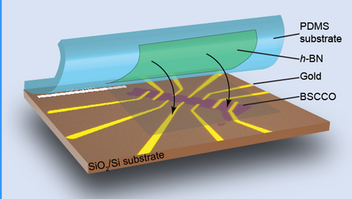
Artificial Synthesis
We are currently interested to develop new techniques for the control of topological supercoducting systems in quantum complex matter that can work in a wide range of temperatures.
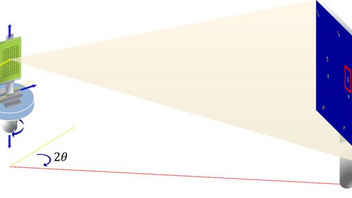
Visualization
We seek to visualize and control the space-time correlations of multi-components and spontaneously broken symmetries in the quantum complex matter of topological superconductors
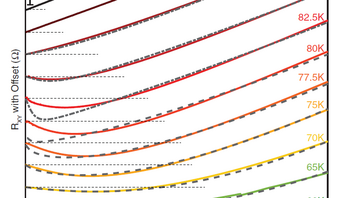
Probing
We want to control the topological superconducting properties in quantum complex matter in a wide range of temperatures, external fields and in steady states out of equilibrium.
What are the Superpuddles?
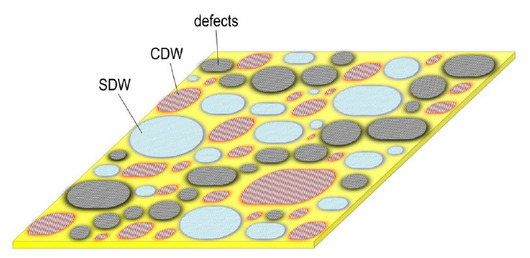
The superpuddles in doped strongly correlated electronic matter arise when at least three phases coexist in different spatial domains: spin-density wave (SDW)-, charge-density wave (CDW)-, and defect-rich domains, where dopants get organized. These three networks form a landscape of spatially anticorrelated puddles where emergent correlations can range from atomic scale to nanoscale to mesoscale.
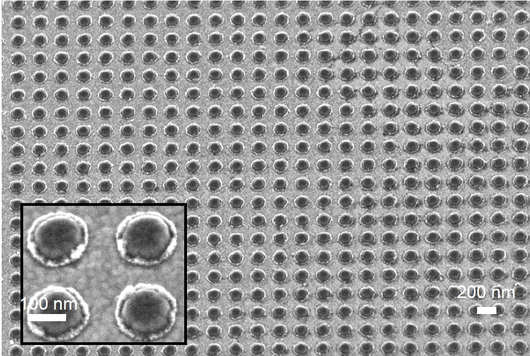
The majority of processes in nature occur under out-of-equilibrium conditions. However, while the physics of equilibrium states are usually pretty well established, non-equilibrium processes, especially driven instabilities, are far from being well understood. A simpler version of the superpuddles scenario can be realized with a proximity array of superconducting islands that can be used to explore the vortex system. In virtue of the correspondence between statistical physics and quantum mechanics, the array can mimic the behavior of the electronic systems in atomic lattices. As an exemplary out-of-equilibrium phenomenon, it has been observed a dynamic Mott insulator-to-metal transitions and in systems with different symmetries.
The future goal is to reduce the dimensionality of the superconducting array since unique physical properties of low dimensional electronic systems are generally implying enhanced fluctuation, effect of disorders and increased quantum correlations due to the reduction of available phase space. In 2D superconductors, these intertwined consequences of disorder manifest profoundly in a wealth of fascinating physics.
Low-dimensional superconductivity
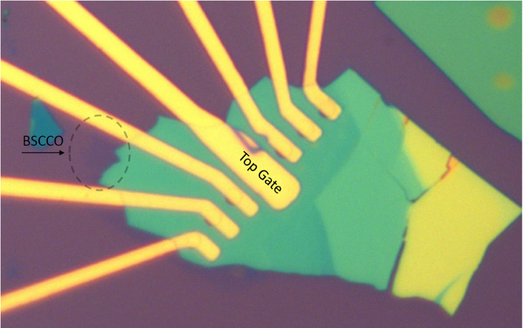
Since the discovery of graphene, the family of layered materials held together by strong in-plane covalent bonds and weak out-of-plane van der Waals (vdW) forces, has been growing at a fast pace. Single layers can easily be detached by breaking the vdW bonds, keeping intact the remaining structure of the extracted layer. A single atomic layer can be peeled away from the bulk material with an adhesive tape. Although two-dimensional (2D) crystals offer a wide spectrum of properties that make them interesting for quantum technological applications, their normal operating temperature where quantum effects are visible is often around a few hundreds of millikelvin. To overcome this temperature limitation, high temperature superconductors are very compelling; because their robustness to magnetic fields and their wide temperature range render HTS unique platforms for realizing of topological and non-equilibrium states.
The recent rise of VdW systems, and the compelling ability to stack different 2D materials on top of each other and at different orientations, opens the possibility of new types of quantum heterostructures with atomically sharp interfaces and new emerging new properties. This may in the future gives the opportunity to the actual realization of materials where artificial superpuddles can be controlled.
